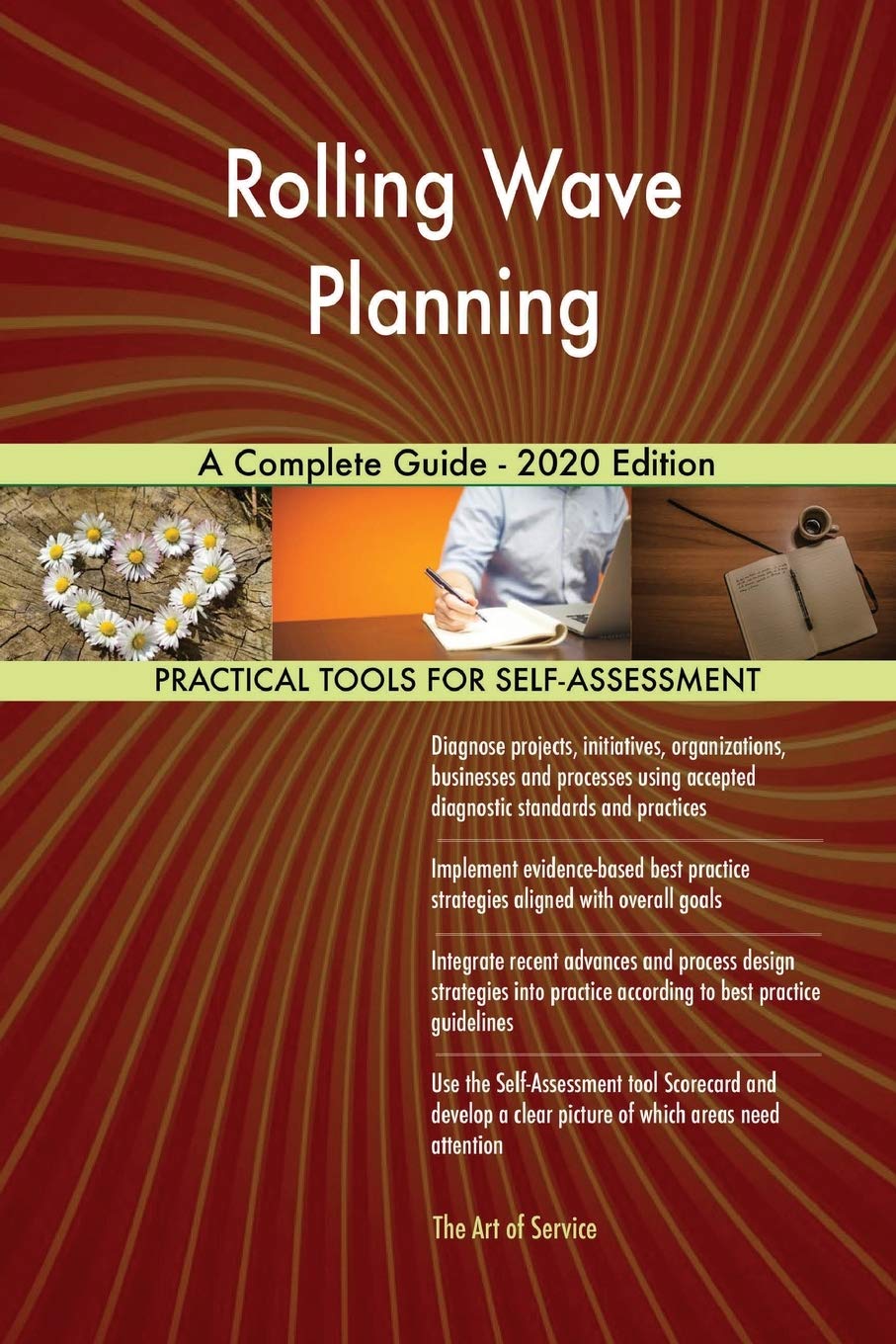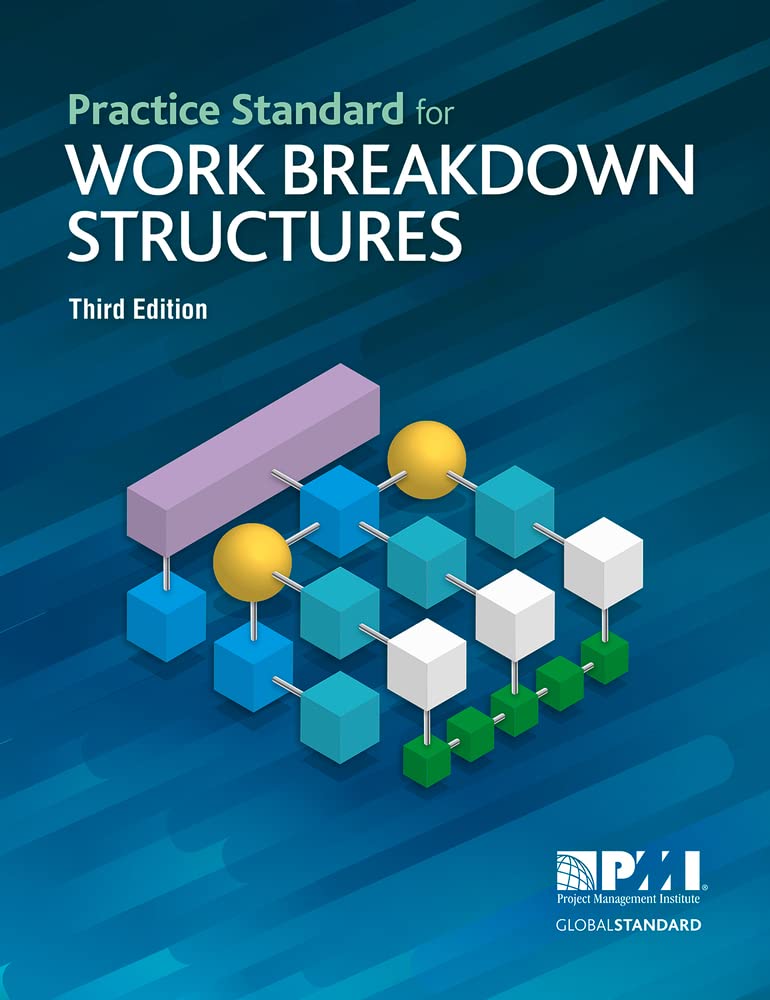
Rolling Wave Planning
What is Rolling Wave Planning?
Rolling wave planning is a project management technique that allows teams to plan work in phases, focusing on near-term tasks in detail while keeping future activities at a higher level. As the project progresses and more information becomes available, teams plan future tasks in greater detail. This method supports flexibility and is particularly useful in complex or uncertain projects where complete information is initially unavailable.
This approach aligns with the principle of progressive elaboration, where planning evolves along with the project. Project teams use rolling wave planning to adapt quickly to changes and refine their approach based on current realities. It enables more accurate scheduling, resource allocation, and risk management as the team better understands the work ahead.
Rolling wave planning emphasizes detailed short-term planning and broad, long-term forecasting, helping maintain momentum while ensuring adaptability. Project managers commonly use it in both traditional and agile project environments.
Key Points
- Breaks down project planning into iterative waves, focusing on immediate tasks first
- Supports flexibility in uncertain or fast-changing project environments
- Encourages continuous planning and refinement throughout the project lifecycle
- It helps reduce risk by allowing adjustments based on real-time information
- Works well in conjunction with other planning techniques, such as milestone planning or agile sprints
Related Terms
- The principle of progressive elaboration is central to this method, as it involves developing plans in greater detail over time.
- Agile project management often uses similar short-term planning cycles to maintain adaptability and responsiveness.
- This technique helps refine deliverables and requirements in scope management as the project evolves.
- This planning style creates a work breakdown structure (WBS) that begins at a high level and becomes more detailed.
- Schedule forecasting benefits from this technique as it provides more accurate predictions as the project advances.
Rolling Wave Planning: Example
A construction company starts a new office building project. Only the planning and excavation phases are fully detailed at the project’s launch. The team knows that future tasks like electrical and plumbing installations will be required, but they leave those steps at a high level. As work progresses and they finalize designs, the team elaborates on future tasks in detail. This phased planning approach ensures the team can begin work without waiting for every project element to be defined upfront.
Rolling Wave Planning: Best Practices
- Focus on delivering detailed plans for the next phase while maintaining flexibility for future stages.
- Regularly revisit and refine the plan as new information and resources become available.
- Engage key stakeholders during each wave to align priorities and expectations.
- Use project milestones to determine when to initiate the next wave of detailed planning.
- Ensure clear documentation and version control to track changes across planning waves.
Additional Resources
Preparing for a PMI certification?
- Exam Prep Courses: PMP®, CAPM®, and PMI-ACP®
- Exam Simulators: PMP®, CAPM®, PMI-ACP®, PMI-PBA®, PMI-RMP®, PMI-SP®, PgMP®, and PfMP®
- Professional Development Units (PDUs): 15, 30, and 60 PDU Bundles




